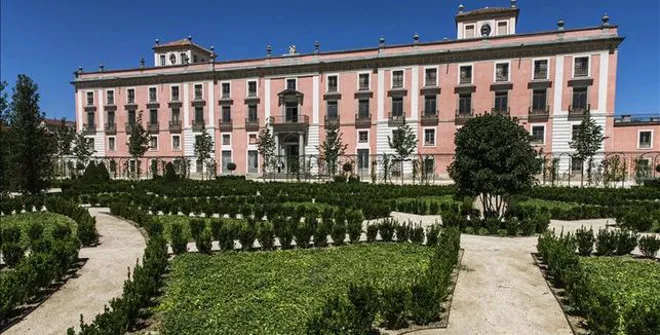Palacio del Infante Don Luis
Information
This palace, representative of the late Spanish Baroque style, was built in 1765 by Ventura Rodríguez under the orders of the Infant Luis Antonio de Borbón y Farnesio, brother of Carlos III. The palace is set in extensive gardens. It was declared a National Monument in 1974 and was the setting for the film, Goya’s Ghosts, by Milos Forman, in 2006.
The current construction stands on the former Dos Torres Palace, residence of the Marquis of Mirabal, from whom the Infant Luis bought the lordship of Boadilla. The Infant lived there from 1765 until 1776.
The modest Palace has an elongated rectangular floor plan and occupies a surface area of just over 6,300 square metres. It is divided into three main bodies, with three heights on the main façade and four levels on the façade which overlooks the garden, due to the uneven lie of the land. Two secondary bodies of a single height are added to them. At the sides, two small towers rise up. It is mainly built out of brick in a pinkish tone, and stone was used for the entrances, gables and plinths and the upper part of the façades, which are adorned with different vases and coats of arms in stone.
Inside, the beautiful chapel stands out, which is the most significant work by Ventura Rodríguez in the palace, in which he used materials like marble, bronze or stucco.
The Bird House at the Infante Don Luis Palace was opened in September 2021 following its full refurbishment. The Boadilla palace is the only palace in Spain to conserve a space of these characteristics, built to house live animals, following the wildlife tradition of other royal sites, such as La Granja, Aranjuez, El Retiro or the Palacio Real in Madrid. Open on Saturdays and Sundays from 11am to 2pm and from 4pm to 7pm.
For more information, check official website.
Guided visits of the Palace and the Historic Heritage of the municipality of Boadilla
The Boadilla del Monte Tourism Department offers diverse guided tourist visits, for which all you need to do is to register in advance. See all of the information on the official website.
If you visit Boadilla, you cannot miss:
Although the main attraction is the Infant Don Luis Palace, Boadilla boasts other interesting places to visit, such as the Carmelite Convent of the Incarnation, St. Christopher’s Church, Ventura Rodríguez’s Fountain, St. Sebastian’s Chapel, the Stone Bridge over the Arroyo de Vallelargo or the Stone Bridge on the Road to Madrid.
Services
--
Free tours upon prior registration.
Access to gardens and orchards: Unrestricted
Access to Bird House: Unrestricted and free of charge
Other places worth visiting
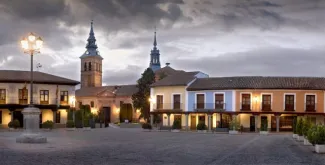
Navalcarnero
A 500-year-old royal town with lots of tourist attractions and interesting cultural events, just 30km away from Madrid.
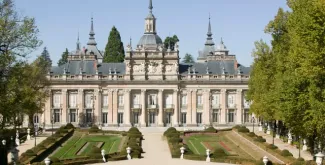
La Granja de San Ildefonso
French formal gardens, monumental fountains, glass factories, beautiful landscapes and delicious judiones beans. There’s much more to La Granja than just its palace.
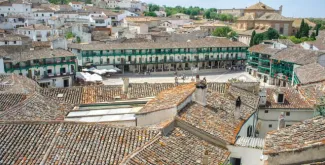
Chinchón
A time-honoured Plaza Mayor, a tower without a church and a church without a tower, an anisette festival and the best of Castilian cuisine await visitors to this charming town.
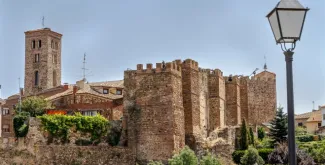
Buitrago de Lozoya
Past the banks of the river Lozoya, stout walls rise to protect the Medieval town of this enchanting village.
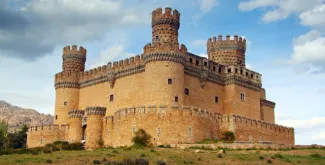
Manzanares El Real
One of the most charming towns in the Guadarrama National Park and most visited by the tourists with monumental gems like Mendoza Castle.
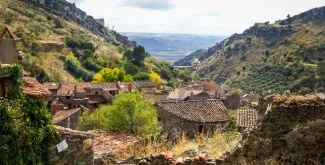
Patones
Consisting of two settlements: the modern Patones de Abajo (Lower) and ancient Patones de Arriba (Upper). Patones de Arriba is a unique and quaint town constructed entirely out of black slate.
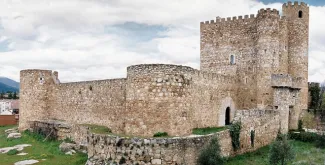
San Martín de Valdeiglesias
San Juan reservoir, Coracera Castle and the Enchanted Forest are the principal attractions of this town in the Sierra Oeste of Madrid.
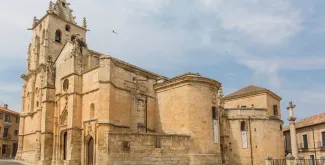
Torrelaguna
The birthplace of famous people like Cardinal Cisneros has an interesting old town declared National Historic and Artistic Heritage Site.
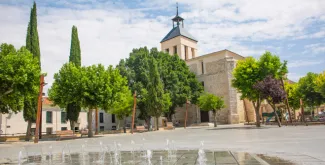
Villarejo de Salvanés
Situated only 50 km from Madrid, it is a town with glorious past and its most famous icon is the Keep, but it is also known for its Film Museum, its oil and wines.
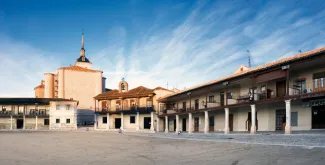
Colmenar de Oreja
Situated around 50 km from Madrid, Colmenar de Oreja offers wonderful architecture, cultural events and is situated in one of the most famous wine-growing areas of the region.
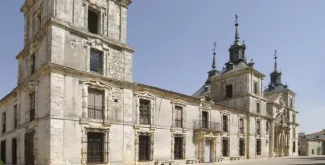
Nuevo Baztán
This interesting town 50 kilometers from Madrid is a great example of the Rationalist urbanism and Spanish 18th century Baroque architecture.
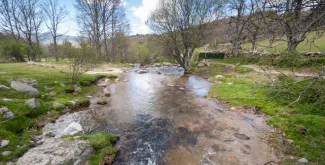
Rascafría
Rascafría is a great place to visit as it has a beautiful natural surroundings and one of the most beautiful monasteries in Spain.
